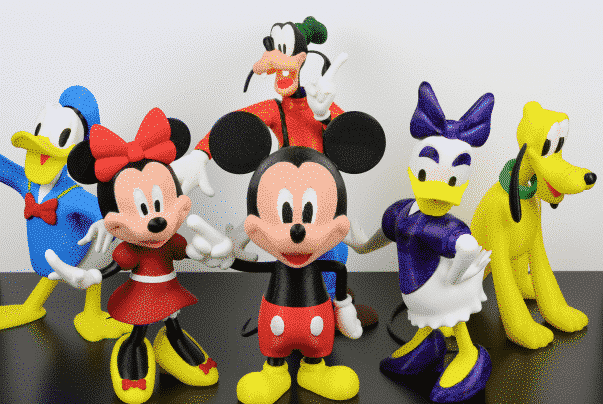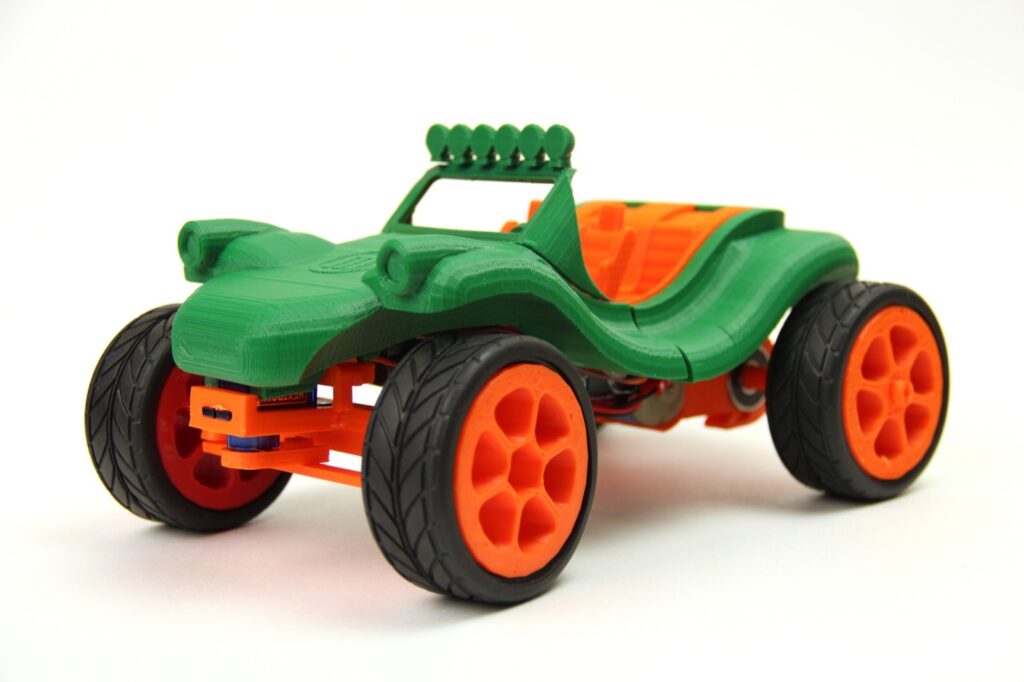According to a recent white paper published by UL, by 2025, the annual economic impact of 3D printing is expected to reach $230 to $550 billion. Of that sum, $100 to $300 billion will consist of consumer products. One of those products is toys. The growing availability of 3D printed products as well as the printers themselves is opening the door for customized toys and the ability to easily replace broken or missing parts. But it’s also enabling a digital supply chain in which manufacturers can sell toy designs for consumers to print at home, rather than creating, packaging, stocking, and shipping inventory themselves.
On its face, consumer 3D printing of toys delivers on the promise of AM and direct-digital manufacturing: the ability to design, customize and make precisely what is wanted or needed, when and where it is desired or necessary. But, on closer inspection, looking at the 3D printed toy industry specifically throws into relief some of the key challenges of additive manufacturing at large, challenges that will need to be addressed for both consumers and industry.
How does the toy industry benefit from 3D printing?
1. Prototyping
Prototyping is a vital stage in this process, giving designers important insights as to how a toy will look and function. To this end, 3D printing is the ideal prototyping method for creating functional, visual prototypes rapidly and cost-effectively.
Toy designers can use 3D printing to create functional models to test and validate among potential users and distributors. This helps to determine the requirements for the final product. Importantly, 3D printing enables designers to produce multiple prototypes in a very short time. This way, 3D printing significantly speeds up time-to-market for new toys.
2. Mass customization
As toys are typically mass-produced, developing a business model that combines economies of scale with the flexibility of bespoke toys is challenging. Here is where 3D printing can help.
Producing custom toys with traditional manufacturing methods like injection molding or casting is inherently impractical, due to the length of time needed to create a mold and the high tooling costs involved. In this scenario, the costs and time required to produce customized toys are not justified by the typically low production volumes experienced.
3D printing can be used instead to alleviate the pain-points of tooling production. By 3D printing molds, toy manufacturers will be able to create more complex, personalized mold designs and produce them much faster and at an affordable price.
3. Customer relationship building
3D printing opens up the opportunity for toymakers to interact with their customers and build a stronger relationship within their customer community. To adapt a strategy used by LEGO, toy companies could allow would-be designers to submit their 3D designs with the promise of 3D printing the best ones for a limited time.
4. New business models
The disruptive force of 3D printing can help to uncover new business models for the digital age. This includes the ability to better serve niche markets which, due to lack of commercial viability, would other not be considered.
5. New toys
As the toy industry welcomes the increase of “STEM toys”, 3D printing may find another good use in the sector. The term refers to toys designed with a pedagogical approach in mind, helping children to develop skills in the core areas of science, technology, engineering, and mathematics. For toy manufacturers, the potential is vast: the ability to sell child-friendly 3D printers that allow children to design, print, and create their own toys – a good way of introducing them to the world of engineering and technology.
The impact of consumer 3D printing on the toy industry
How much do toys 3D printed by consumers pose a threat to the toy industry?
Much has been said about 3D printing encouraging consumers to adopt a ‘DIY’ approach to manufacturing toys – essentially using CAD files to produce the toys themselves. This idea is also supported by the growing use of online platforms, like MyMiniFactory or Thingiverse, which allow consumers to share 3D printable designs and 3D print toys at home or through a 3D printing service provider.
Last year, research from Michigan Technological University suggested that consumers could save $60 million per year in toy purchases by 3D printing them. However, for the industry, which was worth more than $85 billion in 2017, this number doesn’t seem to be that threatening. Add the fact that the consumer 3D printing bubble has burst, it seems that 3D printing toys at home won’t have any noticeable effect on the global toy market in the near future.
Besides, toys 3D printed at home are seen as a threat to children. Toys produced conventionally are (it is hoped) made in facilities set up for safe operation and consistent quality. Design requirements mandate that toys are made from suitable materials that meet chemical standards for heavy metal content, and are designed to mitigate potential mechanical dangers. When toys are 3D-printed at home, this due process does not happen. Consumers can download 3D files of existing toys or design their own and print them with no oversight.
Toy design plays a significant role in the safety of 3D printed toys.
Some examples of safety issues include:
1. The rough, porous surface of printed pieces are difficult to clean and sanitize.
2. Lead-containing printer components can leach onto both raw materials and finished toys.
3. Printed toys with circular-shaped holes could create a finger-entrapment hazard.
Material sourcing decisions are critical.
Consider the following filament safety precautions:
1. Fumes: Some materials like ABS, PLA, TPE, HDPE, and EC may emit hazardous fumes and vapors.
2. Flammability and toxicity: Some thermoplastics may contain toxic components that can cause skin irritation and sensitivity.
3. Heavy metals: Pigments may contain lead or cadmium, which could have adverse health effects, particularly in children.
4. Environment: Improper disposal of non-biodegradable polymer materials could be an environmental concern. Filaments materials safety.
What should manufacturers and consumers pay attention to?
• Take steps to ensure consumer 3D printed toys meet current toy safety standards.
• Oversee and monitor suppliers of raw materials.
• Provide thorough instructions for 3D printing device users.
• Raise awareness about potential safety issues with comprehensive safety guidance.


